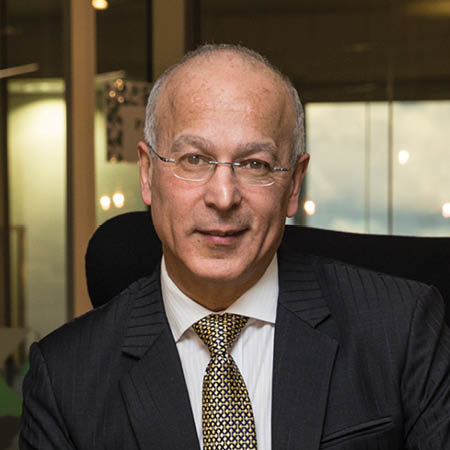During the global financial crisis, many banks, building societies, credit unions, lenders, and mortgage trusts closed or merged. Mortgage House, however, not only survived the crisis but increased its market share.
Originating in 1986, Mortgage House is a home loan mortgage lender with more than 30 centres Australia-wide. CEO Ken Sayer founded the company 29 years ago after experience with big banks like Barclays in mergers and acquisitions. Between 1996 and 2004, the company saw huge increases in growth and was doing well until the global financial crisis hit in 2008.
Ken knew that for the company to survive, drastic changes needed to be made. ”All feel-good projects, all blue-sky projects, were canned,” Ken explains. “The next task was to reduce all of our costs, so we canned any marketing initiative or any project or any development where we were paying high, fixed prices and the return was variable.”
“We would only do business with people who would get paid on results, substantially reducing our fixed costs. We went back mentally 75 years and we decided that debt was bad, borrowing was off the table. We decided that all of our profit would go towards retiring debt. In my world, we spend a lot of money in advertising, marketing, development, and systems, and all of that was stopped and diverted to debt, repayment, or retirement thereof. We stuck to that position. Thats what we did with the GFC: we adhered to those basic changes. Within three years, we had absolutely no debt, and from that moment on we started to accumulate vast amounts of cash, because our business was still running and we just stopped all the expensive and speculative stuff.”
Because of this strategy, while other banks and lenders were struggling, the company had large amounts of cash and no debt. What this enabled Ken and his team to do was go after a segment of the market no-one else could pursue, ultimately leading to great profits. “Armed with this surplus cash, our enhanced ability to lend became abundantly wider. If a customer has a 5-per-cent deposit, they can borrow money to buy a home and get a mortgage insured; but if they have a 4-per-cent deposit, it all stops and hits a brick wall. What we were using our balance sheet money, which is real cash in a bank accountwas a top-up of that loan from 95 per cent to 96 per cent, and that opened the doors to a segment of the market that couldn’t get a loan before.”

